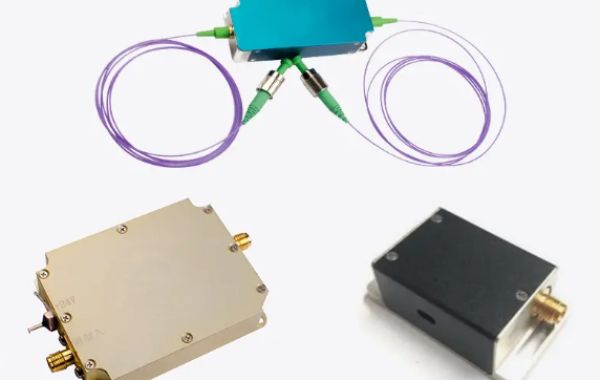Optical delay lines play a crucial role in various telecommunications applications:
- Optical Time-Division Multiplexing (OTDM):Delay lines are used to synchronize multiple optical signals that are multiplexed in the time domain. By introducing appropriate delays, the signals can be aligned at the receiver to prevent interference.
- Optical Frequency-Division Multiplexing (OFDM):OFDM is a modulation technique that divides the available bandwidth into multiple subcarriers. Delay lines are used to compensate for frequency-dependent delays in the fiber, ensuring that the subcarriers arrive at the receiver in phase.
- Optical Signal Regeneration:Delay lines can be used to implement optical regenerators, which amplify and reshape optical signals to compensate for losses and distortions. Delay lines are used to store the received signal for a short period, allowing for processing and regeneration before retransmission.
- Optical Coherence Tomography (OCT):OCT is a non-invasive imaging technique used in medical diagnostics. Delay lines are essential components in OCT systems, as they are used to control the depth of the scan and to measure the backscattered light from different layers of tissue.
- Optical Phase Modulation:Delay lines can be used to introduce phase modulation into optical signals. This is a key technique in applications such as coherent optical communication and optical signal processing.
In summary, optical delay lines are versatile components that enable a wide range of telecommunications functions. By understanding the factors affecting their performance and their applications, engineers can effectively design and implement optical systems that meet the demands of modern communication networks.








